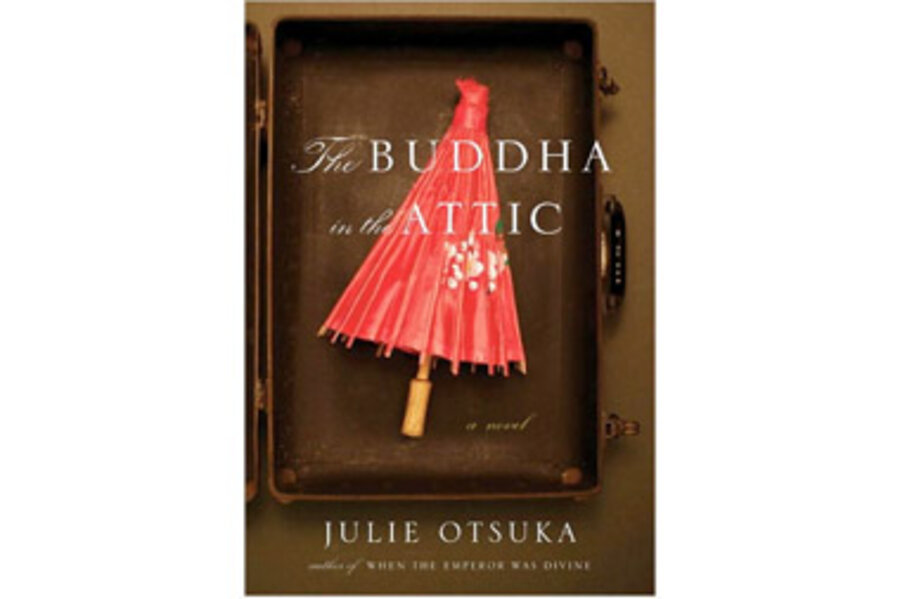Julie Otsuka's slim, elegant novel looks at the collective experience of Japanese “picture brides,” who immigrated by the thousands to America in the early 1900s, carrying photographs of handsome men who, in many cases, did not turn out to be their new husbands. (Nor was there the promised piano in every house, or, in many cases, even a house.) Like Joshua Ferris's “Then We Came to the End,” “The Buddha in the Attic” uses the first-person plural to convey the young women's shock as they try to acclimatize to the baffling ways of a country that looks down on them, husbands who abuse or overwork them, and eventually, children who are ashamed of them. Otsuka groups her story by theme: covering the women's arrival, their marriage nights, work, interactions with white people, childbirth. With an amazing economy of words, Otsuka creates a profound empathy for her chorus of unnamed narrators as her novel leads to its heartbreaking conclusion.





